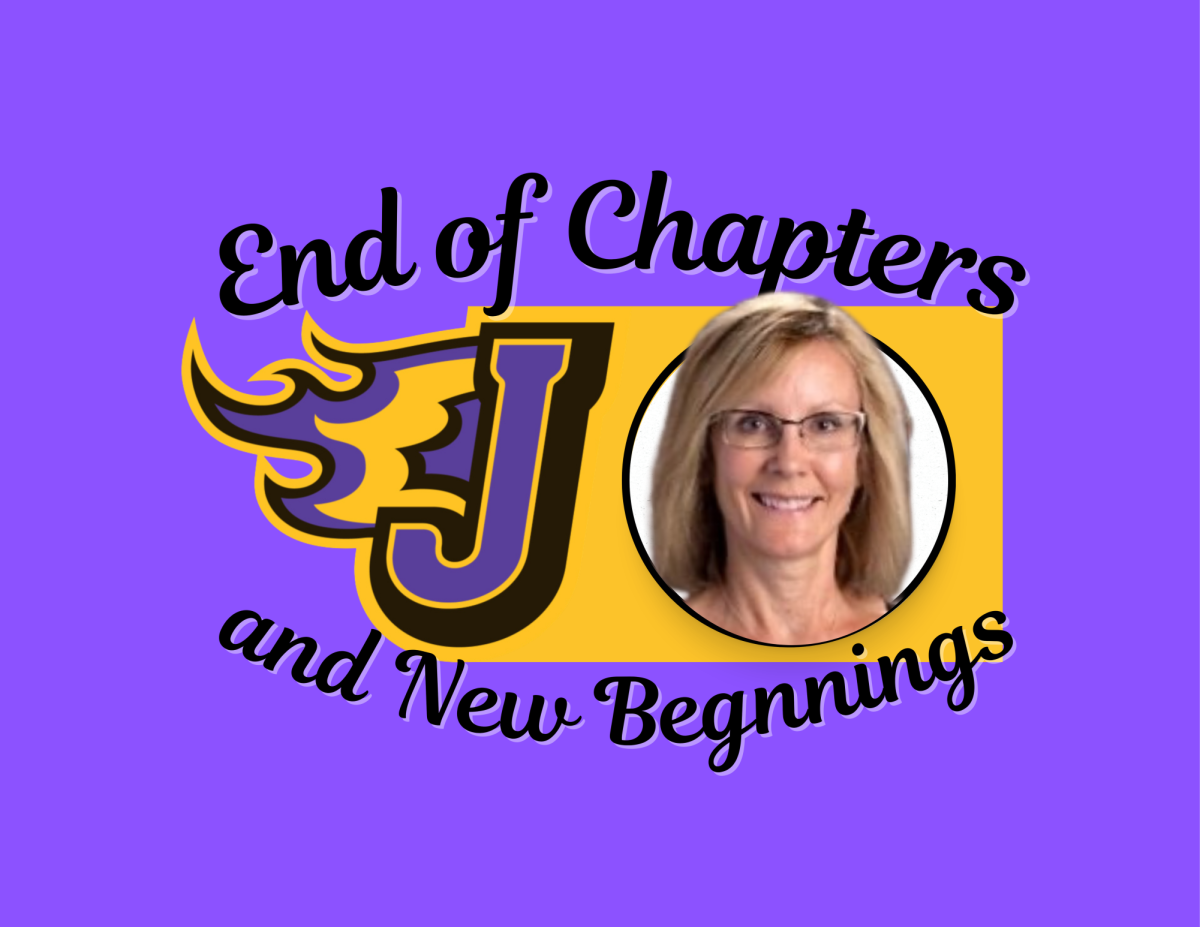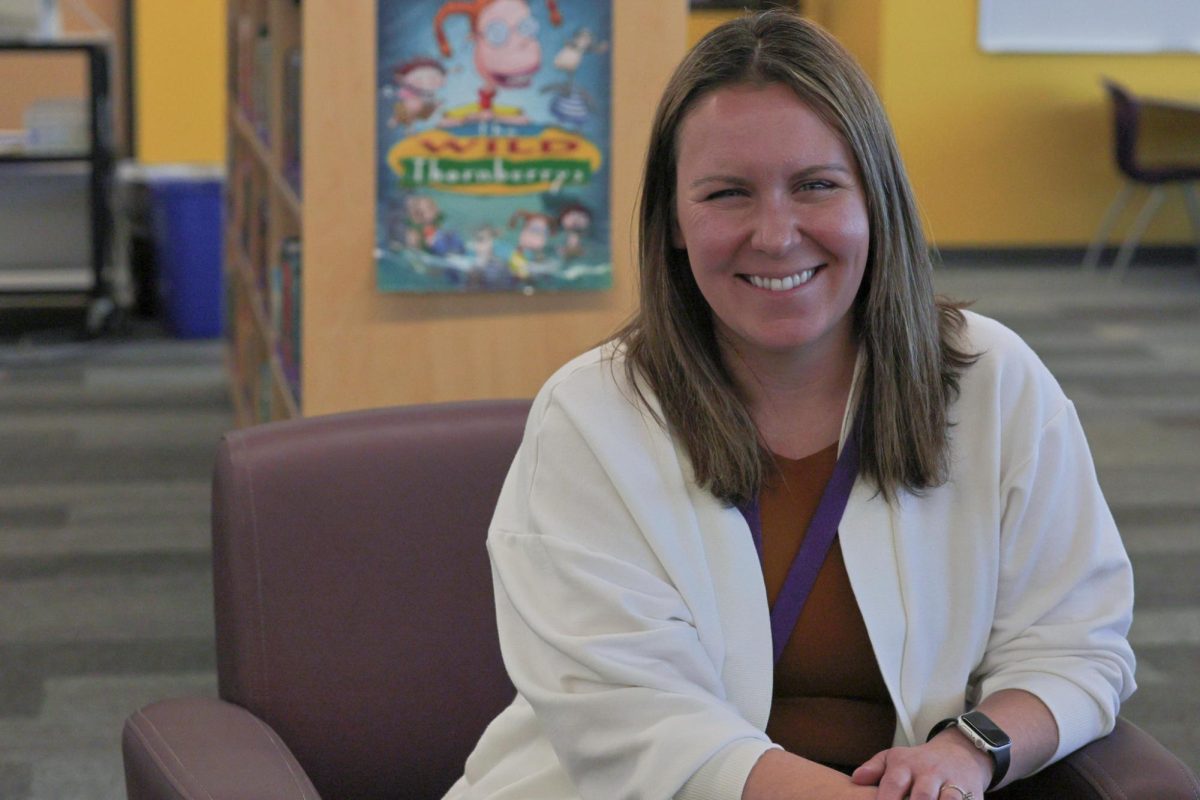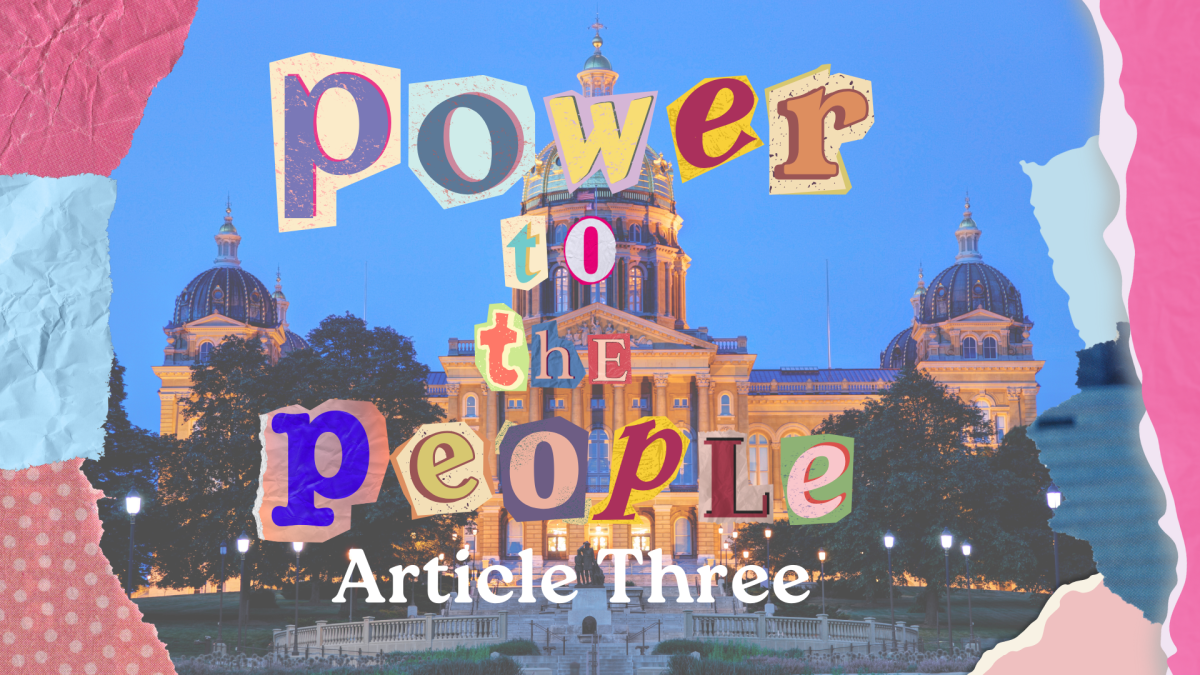Math teacher Julie Probst gives a survey at the beginning of each semester. One question asks the following: What type of learner are you? Explain your answer. (Ex: visual, auditory, musical, hands-on, spatial, linguistic).
Learning styles vary among students as well as teaching styles with teachers.
Generally, right-brained thinkers are considered to be more imaginative. Left-brained thinkers are considered to be more logical.
“Although the idea of learning styles is disputed I do believe information should be represented in multiple ways like text, video clips, demonstrations, etc.,” Thomas Griffin; psychology and U.S. history teacher, said. “I believe students should learn in a plethora of ways. One example might stick better for one student where reading might stick better with another.”
Biology teacher Sara Kate Howe recognizes the difference between right and left brain thinkers. She assigns students to talk and write about topics.
“Biology is a conceptual course,” Howe said. “We sketch about subjects and do things like kinesthetics. We do labs and mimic biological concepts such as translation, where we walk through translation with paper DNA cutouts. Students have said that going over sketches and talking about the concepts have helped them more than just reading over it.”
With the survey Probst gives, she gets to know her students more and knows how they are more comfortable learning.
“They are willing to write about themselves and don’t have to talk about it to the whole class,” Probst said. “I can use information to know what type of learner they are.” The survey gives Probst an idea of what type of learners are in her class. It does not affect how she teaches each day but she can go back to the quizzes to help individuals when needed. “If someone is struggling I can look at it and help them a bit more with their learning style.”
Art is a hands on class but it is incorporating the left side of the brain more.
Art teacher Daniel Weiss does this in multiple ways. One such was is in this Photo Art 1 class. Weiss has students take photographs but for part of the final students are required to view a professional photograph and analyze it.
“What I do is I’m really aware of trying to present and assess all the content to both hemispheres. That’s a lot of work but we’re supposed to do that as teachers.”
The theory of right and left brain thinking came from researching the effects of epilepsy on the brain by Roger W. Sperry. He discovered many things after cutting the corpus callosum, which is bridge between the two halves of the brain. After the communication between the two halves of the brain was cut, patients that underwent this type of lobotomy treatment found that they were unable to name certain objects processed by the right side of the brain but could name things processed by the left side of the brain. This determined that language was controlled by the left side of the brain.
Newer research shows that it is not all black and white. Math for instance, works best when both halves of the brain function together. The brain dominance and brain lateralization theories suggest that the brain may shift to one side to do most of the processing and thinking. This theory of brain dominance can be applied to the learning environment and some teachers in the school apply it.
Students and teachers both can train themselves to think in both ways on and off just by practicing.
“Give yourself situations where you have to be flexible,” Weiss said. Mental flexibility is the key whether one thinks better with the right or left hemisphere of the brain. “Take a math course and an art course in the same semester.”







